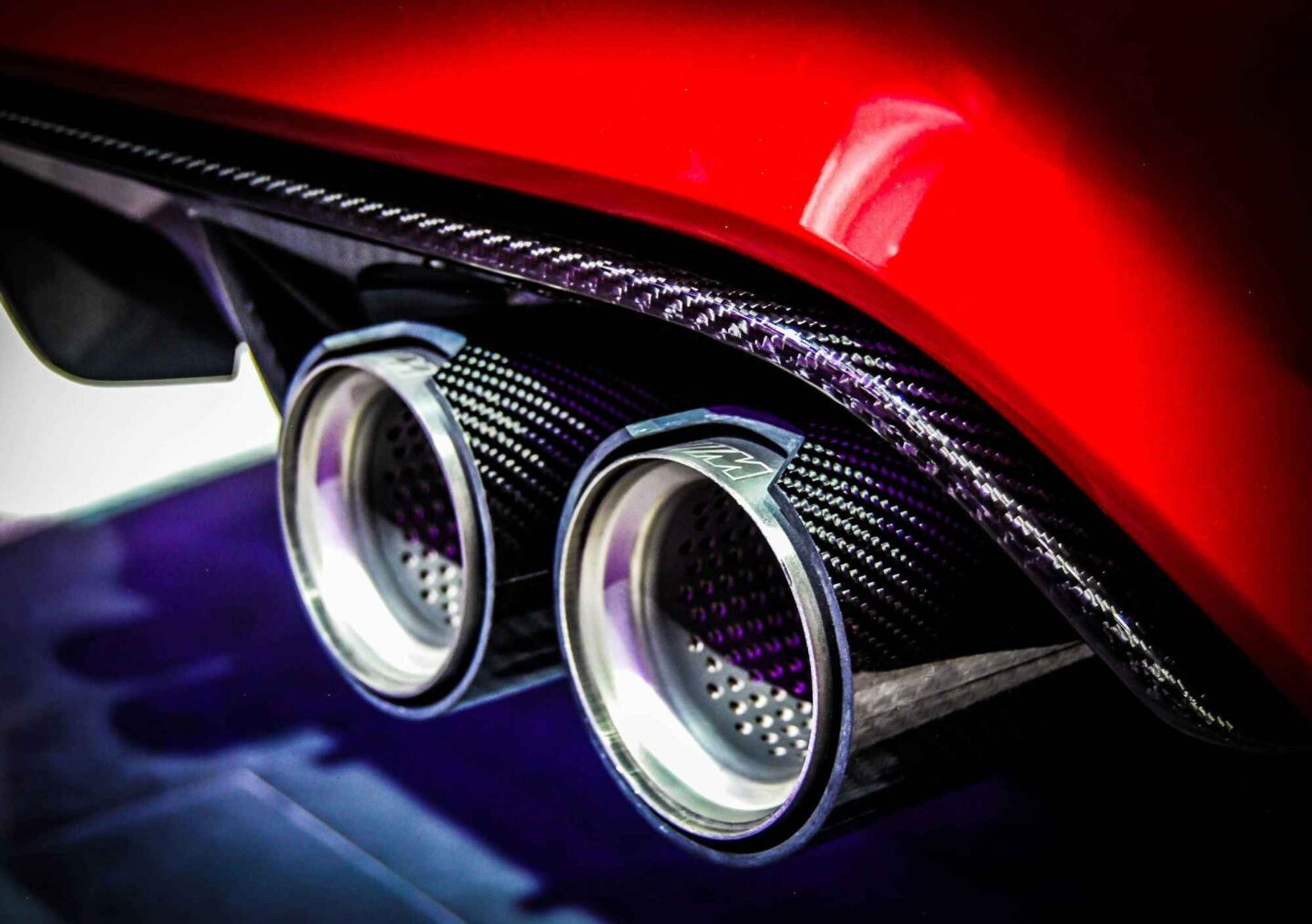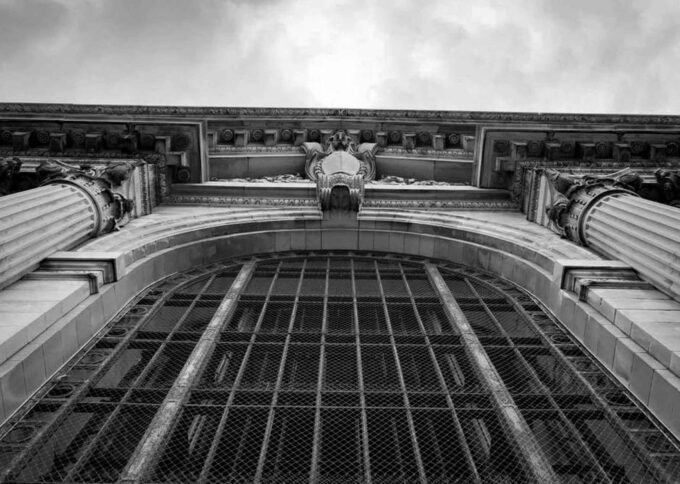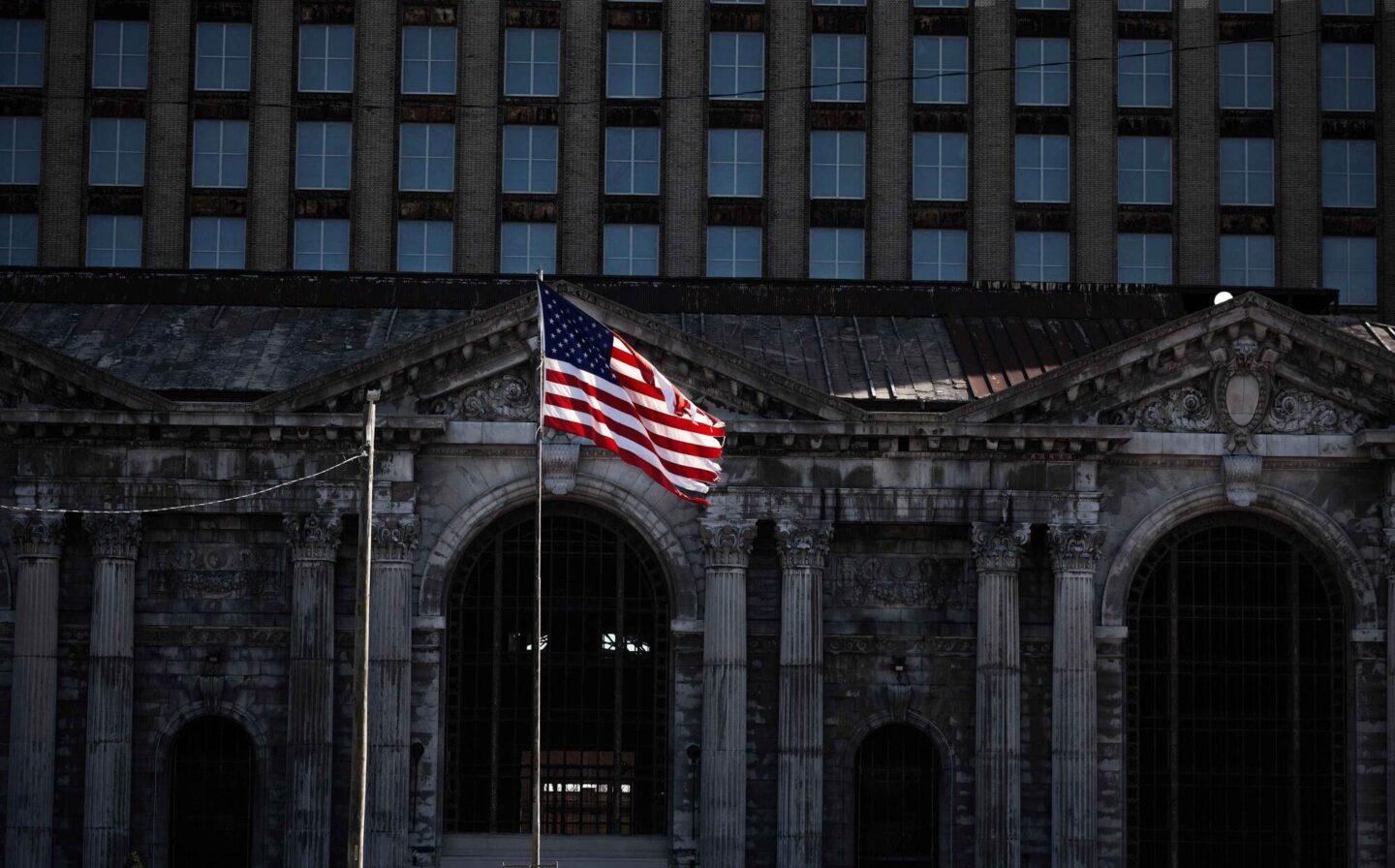By the time the city reached its peak population of 1.8 million in 1950, the auto industry was already scheming to disperse production to lower-cost venues with weaker labor organization. Between 1948 and 1963, Detroit lost 130,000 jobs, primarily due to restructuring in the auto industry. The growth of international competitors and the oil shocks of the 1970s left the city’s automakers reeling and prompted a decades-long decline in population: by 2020, Detroit had roughly 640,000 residents, about the same as when the assembly lines fired up a century earlier.
The abandoned Michigan Central train station, built in 1913, became a symbol of economic decline and urban decay.
Entrepreneurship and place
What could replace the auto industry and salvage the Motor City’s economy? Despite its industrial history and the dominance of giant automotive companies, Detroit evolved a distinctive entrepreneurial terroir during its troubled times. Those who spend time in the city know that everyone seems to have a side hustle – a business (or two or three) they work on during evenings and weekends. Moreover, the vibe is one of mutual assistance rather than competition: entrepreneurs help each other out, knowing nobody else will. The defiant T-shirt slogan “Detroit vs. Everybody” might be read by outsiders as hostility, but within the city, it’s about collective resilience in the face of endless challenges. When big industry left Detroit, it was left to the people to improvise alternatives.
Kim went deep into the weeds to understand this system. He spent years in residence at two very different business incubators: ACCEL, a Y Combinator-style accelerator (which typically provides seed funding and networking connections), and GREEN, an alternative incubator aimed at growing local enterprises for community benefit (ACCEL and GREEN are pseudonyms). He followed four startups at each site, attending meetings and pitches, interviewing founders, employees, and funders, and closely watching how these enterprises navigated their early months.
What he found was stark: startups growing up in the Y Combinator model almost inevitably moved away to access venture capital and rapid “scaling up” opportunities, leaving behind little benefit for the city. In contrast, those at GREEN grew more like an oak tree, “scaling deep” to set down strong roots that tied it to the community. Kim and his co-author, Anna Kim, tracked the subsequent performance of these firms and wrote a series of articles on what they mean for entrepreneurial ecosystems.
The lesson seems clear: if the aim of ecosystem builders is local economic vibrancy and uplift, then the Silicon Valley model is likely to be a bust. I have pointed out in previous columns that VC-backed firms don’t create jobs even if they go public – and the vast majority never get to IPO. Adding a couple more millionaires to the local tax rolls might be nice but it will not revive the local economy. If not the VC model, then what?
Modular startups
A recurring theme of this column is “Nikefication” and what it means for business. The massive vertical integration pioneered by Ford in the 20th century has been replaced by relentless vertical disintegration in the 21st. All the parts of an enterprise – supplies, assembly, software services, distribution, even labor – are like Lego bricks that can be assembled into a pop-up enterprise. Even auto startups in the US increasingly look more like Nike than General Motors, with some foregoing production altogether in favor of design and marketing.
The COVID-19 pandemic nudged millions of prospective entrepreneurs to take advantage of this new situation. In the US, 19 million founders filed the paperwork to start a new business after 2020, of which five million expected to have employees – a reversal of a 40-year decline in startup rates. These businesses tended to be tiny, often headquartered in suburban homes and not in downtown cores. Moreover, their asset-light model requires much less capital than old-timey enterprises – no need for venture capital to launch a pop-up.


 Audio available
Audio available




